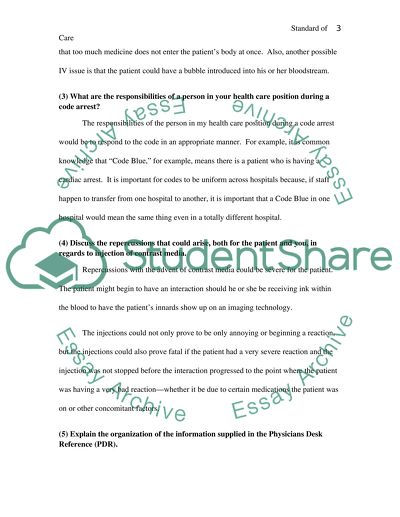Cite this document
(“Standard of Care Assignment Example | Topics and Well Written Essays - 2000 words”, n.d.)
Standard of Care Assignment Example | Topics and Well Written Essays - 2000 words. Retrieved from https://studentshare.org/nursing/1439346-standard-of-care
Standard of Care Assignment Example | Topics and Well Written Essays - 2000 words. Retrieved from https://studentshare.org/nursing/1439346-standard-of-care
(Standard of Care Assignment Example | Topics and Well Written Essays - 2000 Words)
Standard of Care Assignment Example | Topics and Well Written Essays - 2000 Words. https://studentshare.org/nursing/1439346-standard-of-care.
Standard of Care Assignment Example | Topics and Well Written Essays - 2000 Words. https://studentshare.org/nursing/1439346-standard-of-care.
“Standard of Care Assignment Example | Topics and Well Written Essays - 2000 Words”, n.d. https://studentshare.org/nursing/1439346-standard-of-care.


